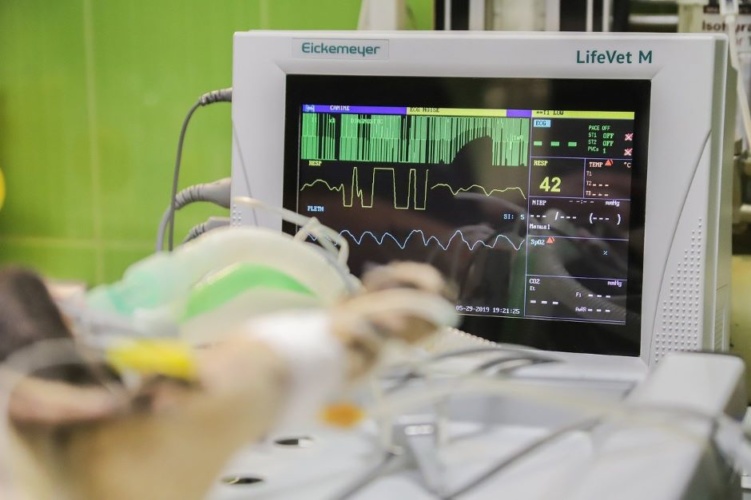
Controlled through a virtual reality parallel system as a digital twin, the robot is said to image a patient through ultrasound without the hand cramping or radiation exposure that hinder human operators. The team, including researchers from Kings College London and Davinder Singh of Xtronics in Gravesend, published their method in IEEE/CAA Journal of Automatica Sinica.
Robotic arms could give surgeons a hand in future spinal surgery
"Intra-operative ultrasound is especially useful, as it can guide the surgery by providing real-time images of otherwise hidden devices and anatomy," said paper author Fei-Yue Wang, director of the State Key Laboratory of Management and Control of Complex Systems, Institute of Automation, Chinese Academy of Sciences. "However, the need for highly specialised skills is always a barrier for reliable and repeatable acquisition."
Wang noted that the availability of onsite sonographers can be limited, and that many procedures requiring intra-operative ultrasound often involve X-ray imaging, which could expose the operator to harmful radiation. To mitigate these challenges, Wang and his team developed a platform for robotic intra-operative transesophageal echocardiography (TEE), an imaging technique used to diagnose heart disease and guide cardiac surgical procedures.
"Our result has indicated the use of robot with a simulation platform could potentially improve the general usability of intra-operative ultrasound and assist operators with less experience," Wang said in a statement.
The researchers employed parallel control and intelligence to pair an operator with the robot in a virtual environment that represents the real environment. Equipped with a database of ultrasound images and a digital platform capable of reconstructing anatomy, the robot navigated target areas for the operator to better visualise and plan potential surgical corrections in computational experiments.
"Such a system can be used for view definition and optimisation to assist pre-planning, as well as algorithm evaluations to facilitate control and navigation in real-time," Wang said. "The ultimate goal is to integrate the virtual system and the physical robot for in-vivo clinical tests, so as to propose a new diagnosis and treatment protocol using parallel intelligence in medical operations.”




Poll: Should the UK’s railways be renationalised?
I think that a network inclusive of the vehicles on it would make sense. However it remains to be seen if there is any plan for it to be for the...